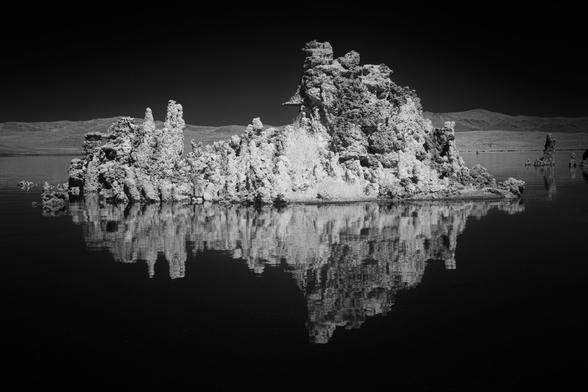A quick stop at Mono Lake turned into a powerful moment behind the lens. This image was taken using an 830nm deep infrared filter on my full spectrum camera. The light at this wavelength lies well beyond human vision, giving these tufa towers an otherworldly glow and pulling dramatic contrast from midday light—something visible-light photography struggles with.
These limestone formations are created by the chemical dance between carbonate-rich springs and the lake’s alkaline waters. Mono Lake is full of them, standing like natural sculptures etched by time and elements.
Whenever I shoot nature in black and white—especially infrared—I can’t help but think of Ansel Adams. Whether or not he truly embraced IR is debated, but his influence on how we see contrast and composition is undeniable.
#InfraredPhotography #MonoLake #BlackAndWhiteNature #TufaTowers #FullSpectrumCamera
Client Info
Server: https://mastodon.social
Version: 2025.04
Repository: https://github.com/cyevgeniy/lmst
